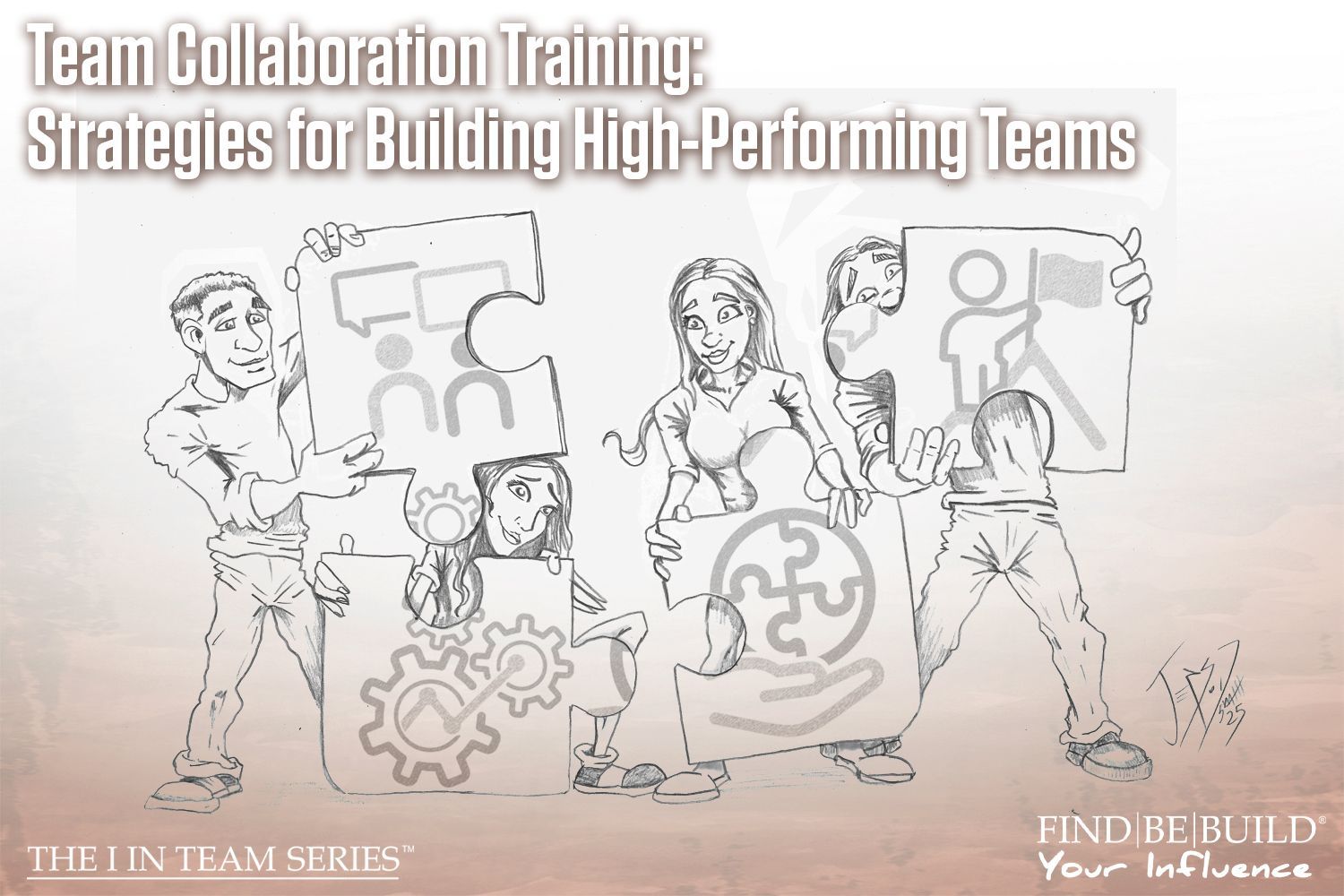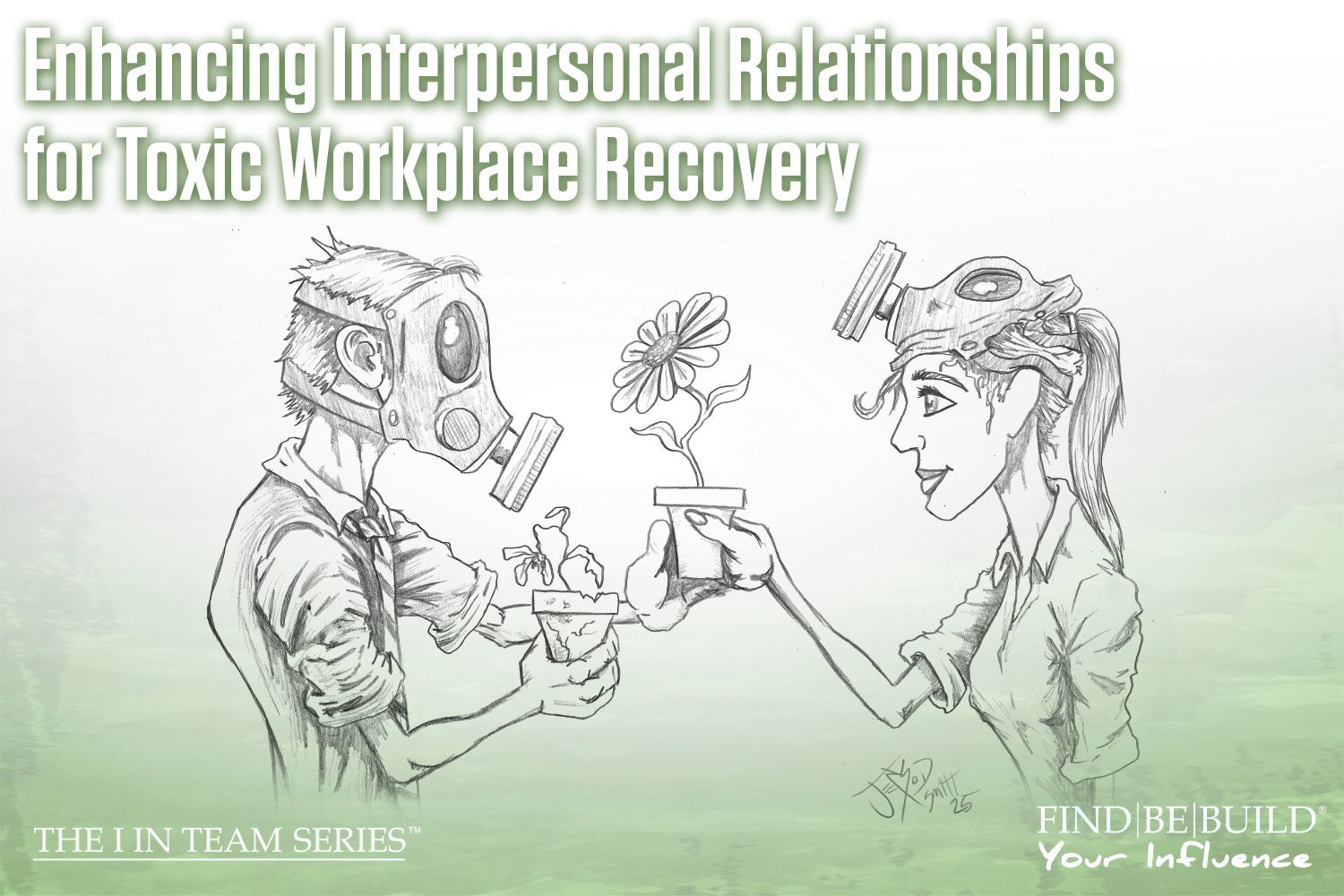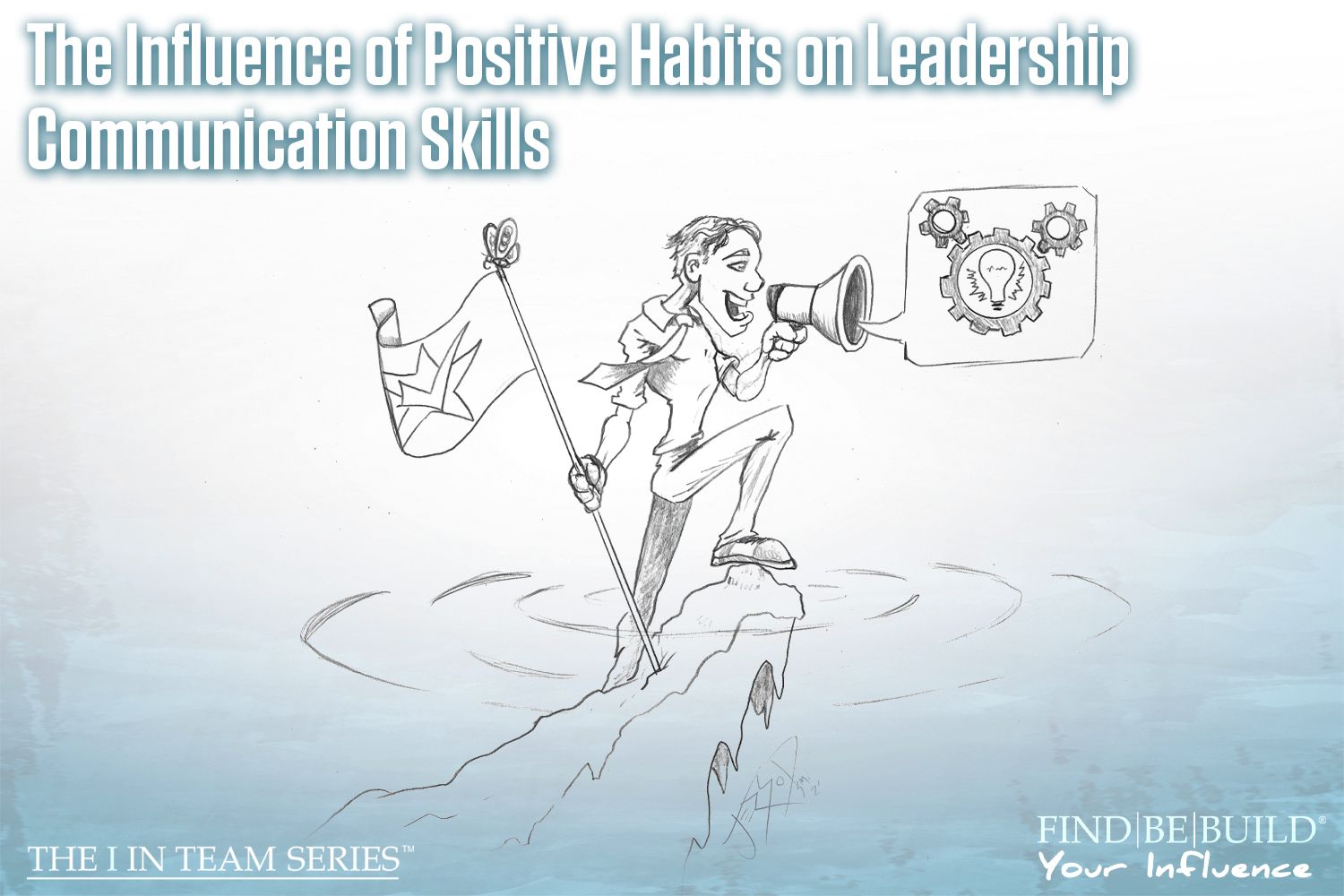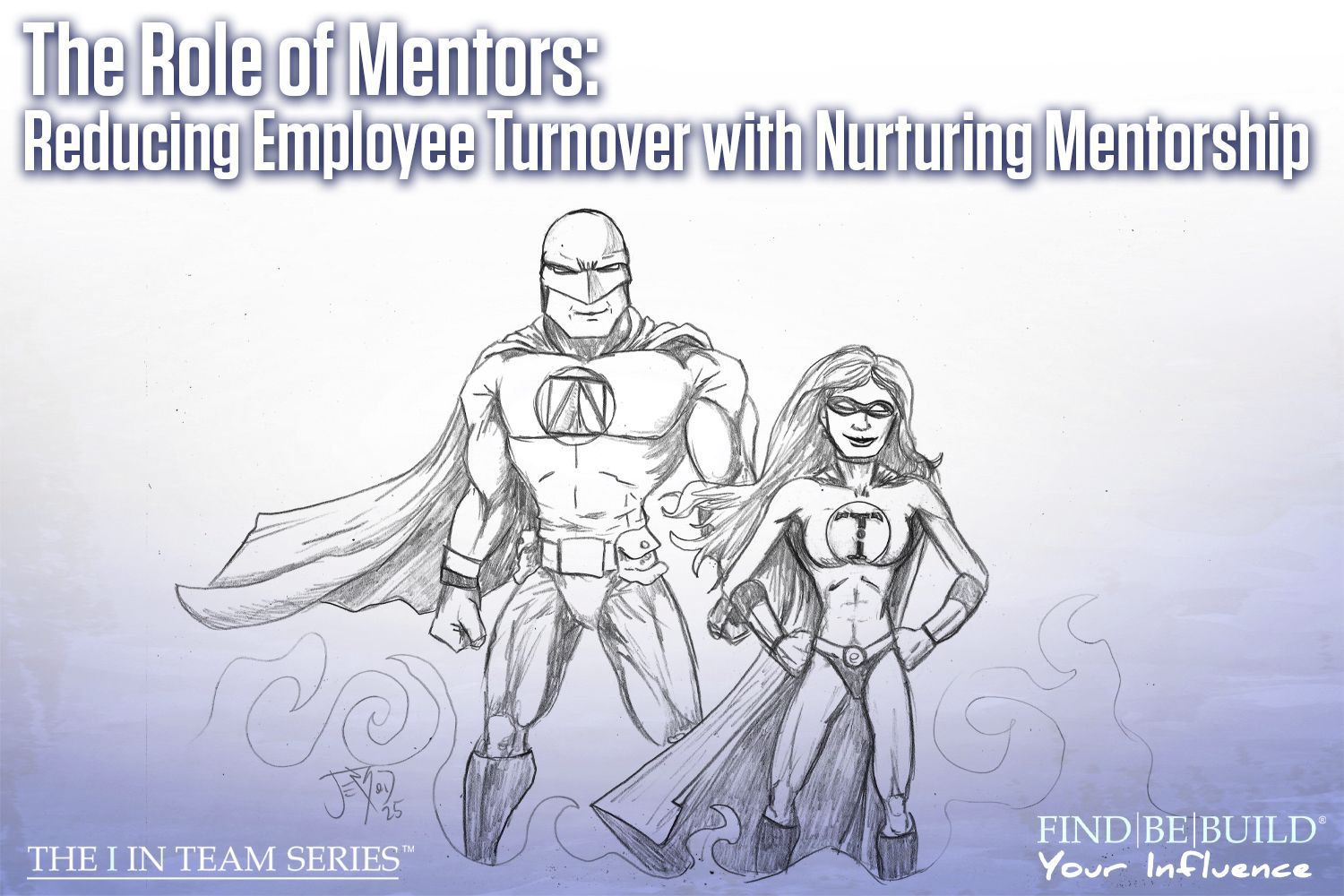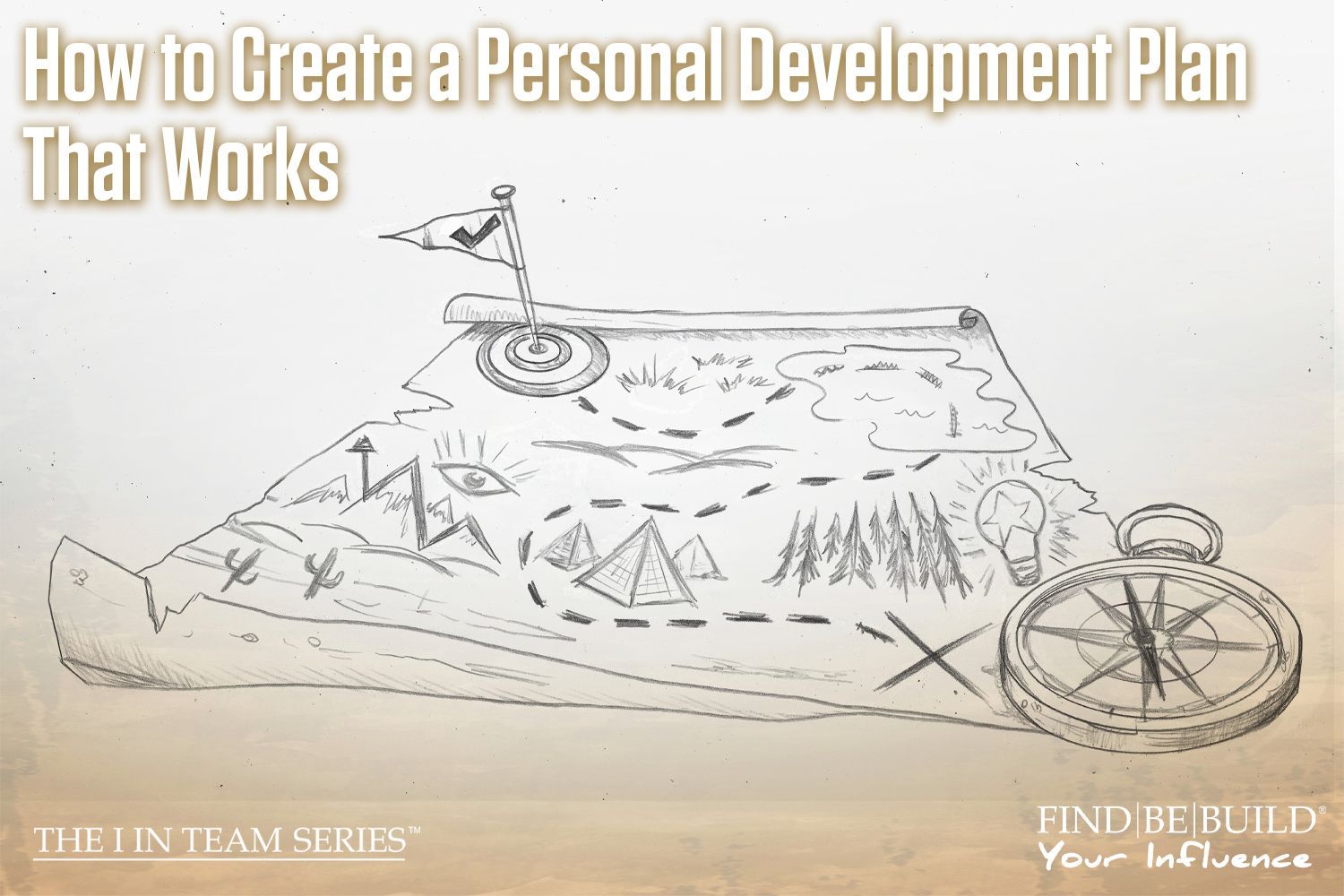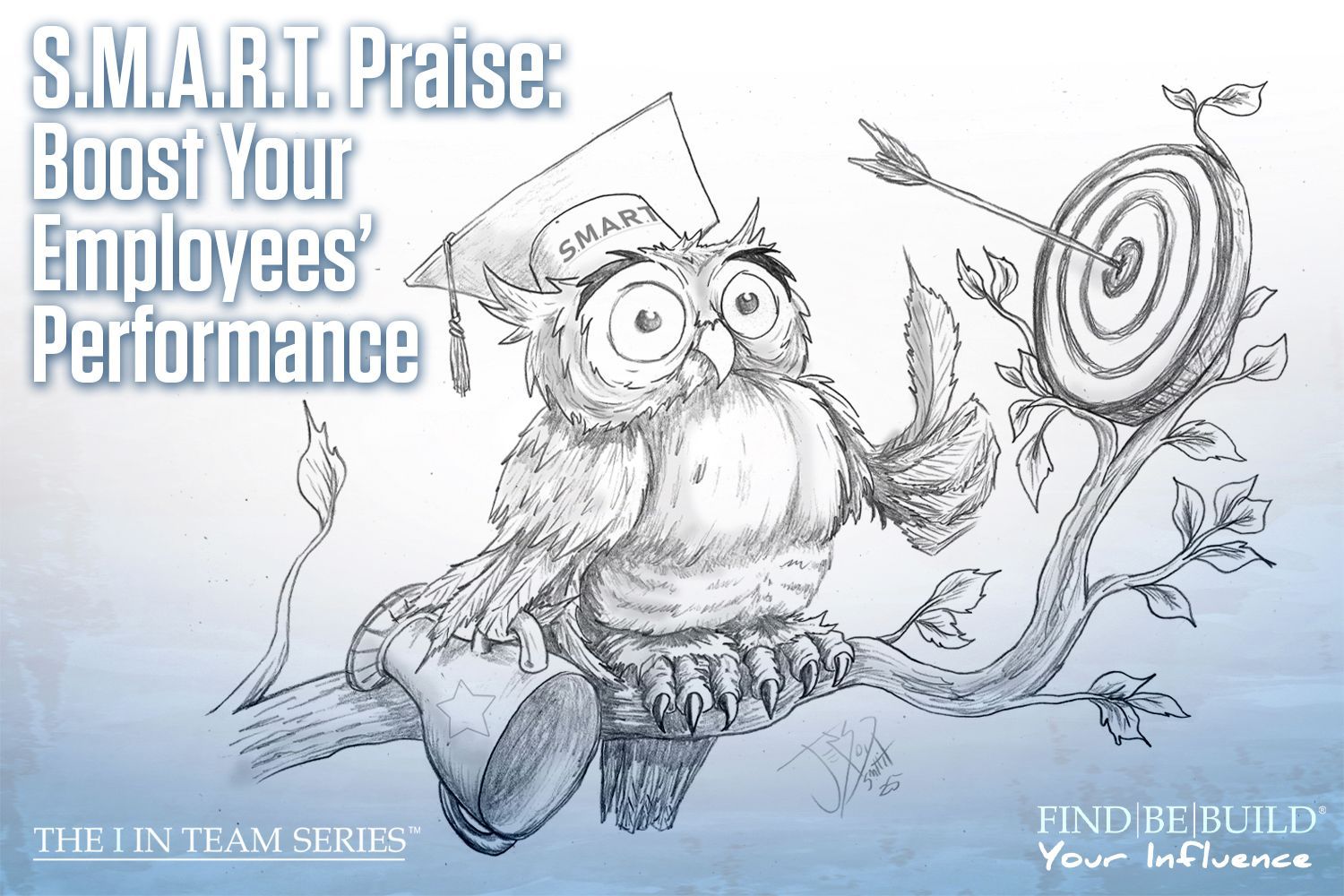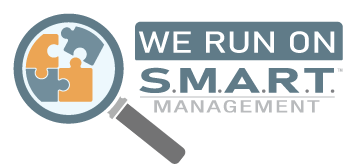BizVision: How We Help Business Owners Identify Problems
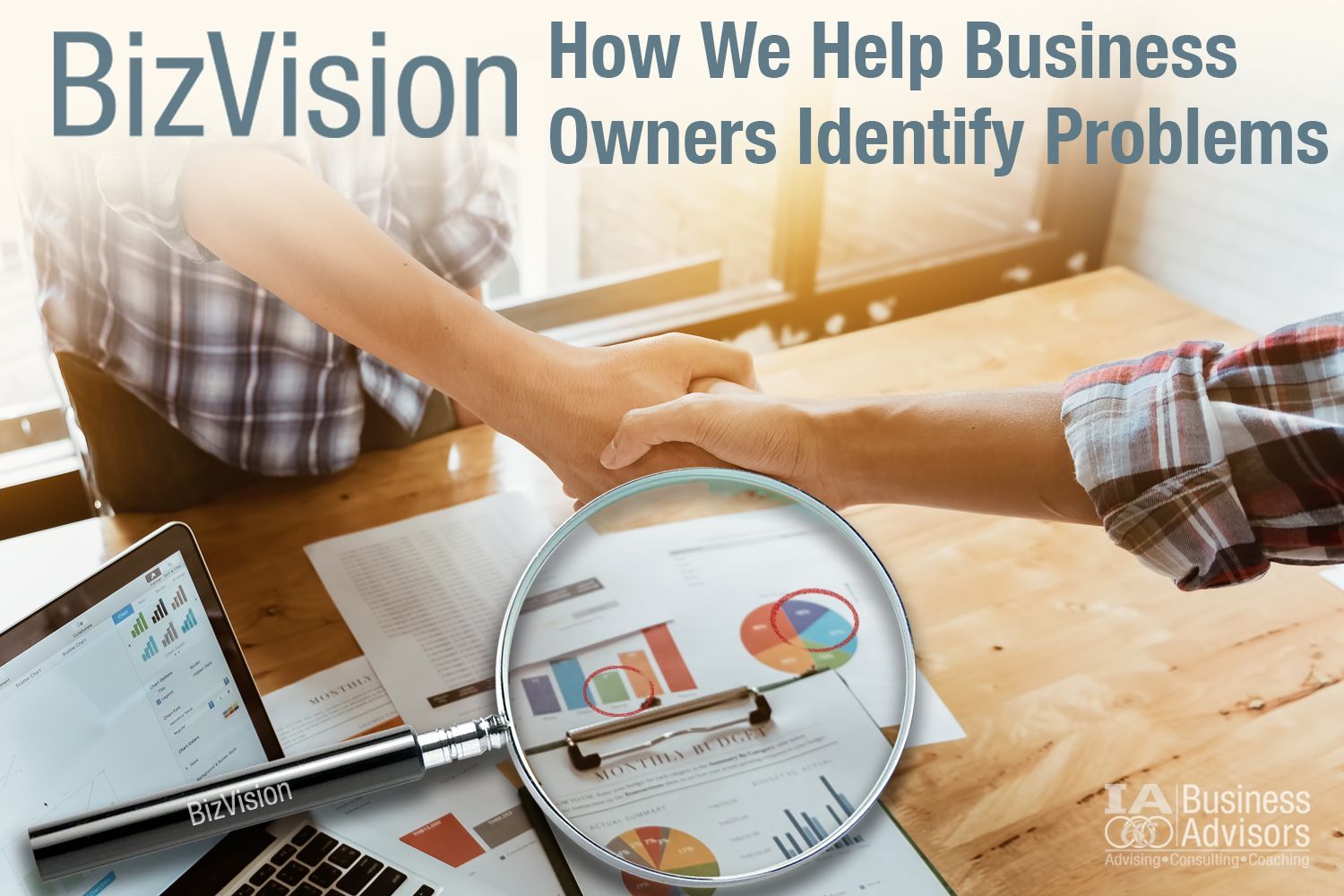
Business consulting solutions
BizVision is IA Business Advisors’ comprehensive business management program. It’s the proprietary tool we use to help business owners identify their business problems. BizVision is more than just a tool; it is an ideology that allows us to identify needs and make recommendations towards resolution of any detected problem areas. We do this through methodical gathering of data about our client’s company to provide a holistic approach towards healing and managing the business moving forward. Some of the areas we focus on in our BizVision process to help business owners identify problems are as follows.
People, Process, and Technology
First, and perhaps most importantly, BizVision helps us understand the commingling of your people , process, and technology. We look at and gather data related to these three areas in order to understand the impact each has under your current business model. At the same time, we identify how these three areas can work together to produce the results necessary to help the company reach its goals.
When examining your team, we map behavioral and cognitive styles to better understand how individuals are environmentally and genetically influenced. With this information, we can provide insight as to how they will best work together. In addition, with this information we can assess how individuals approach the processes and technology used within the company. In understanding how all three areas work separately and cooperatively, we develop a clear picture of the company’s foundation and how they implement strategies and tactics, if they exist.
Strategies and Tactics
There are times when we help businesses who do not have any defined strategies or tactics, or they have disconnected strategies and tactics. This lack of or disconnection between strategies and tactics can lead organizations to waste time and money staying in the same place rather than moving forward. When wasting effort, the company and team can begin to experience problems.
Through our BizVision process and gained understanding of the people, process, and technology within a company, we can determine whether existing strategies and tactics are correctly placed to help the company reach its defined goals. If they are not, or if they are absent from the business model, we advise our clients in development of aligned strategies and tactics to ensure they are moving forward in reaching their goals.
Ideation
Ideation is generally a positive experience for our clients, especially in the brainstorming phase. This fosters creativity and lays the foundation for a positive culture. However, there are times when following an idea and pulling it into reality can be harmful to the company or team, especially if that the idea goes against the expressed goals, strategies, or tactics of the company. If circulated ideas are not complementary to the company’s culture or goals, there can be detrimental unintended consequences for the team and/or company. Through our BizVision process, we can assess whether the ideas in contemplation are aligned with the company’s vision.
Unintended Consequences
Unintended consequences typically occur when due diligence is not performed and companies move forward with ideas , strategies, or tactics that are not understood in their entirety. These consequences can range in severity from mistakes on projects to high turnover rates, and in worse case scenarios, even the destruction of a whole company. Fortunately, our proprietary BizVision methodology is built on a foundation of performing due diligence and therefore significantly reduces the chances of these types of unintended consequences occurring. In doing so, the BizVision process helps leaders and managers develop in their decision-making abilities.
Decision Making
BizVision supports decision making at all levels of the company, but especially for leaders and managers responsible for making decisions that could change the direction of the company moving forward. When making decisions, complete alignment must be taken into consideration so that unintended consequences which negate agreed goals, strategies, and tactics are not created. Leading through S.M.A.R.T. Management will ensure that all leaders and managers influence positive, lasting change.
We love helping businesses succeed in their unique areas of influence. Since 1996, our team has helped over 19,000 leaders, managers, owners, and employees on all seven continents in unifying their people, process, and technology to ensure their companies remain viable in their industries. This is all thanks to our proprietary, holistic BizVision methodology. If your business is struggling and needs support, reach out to Chicagoland’s preferred business consultants, IA Business Advisors.
The post BizVision: How We Help Business Owners Identify Problems appeared first on IA Business Advisors.
